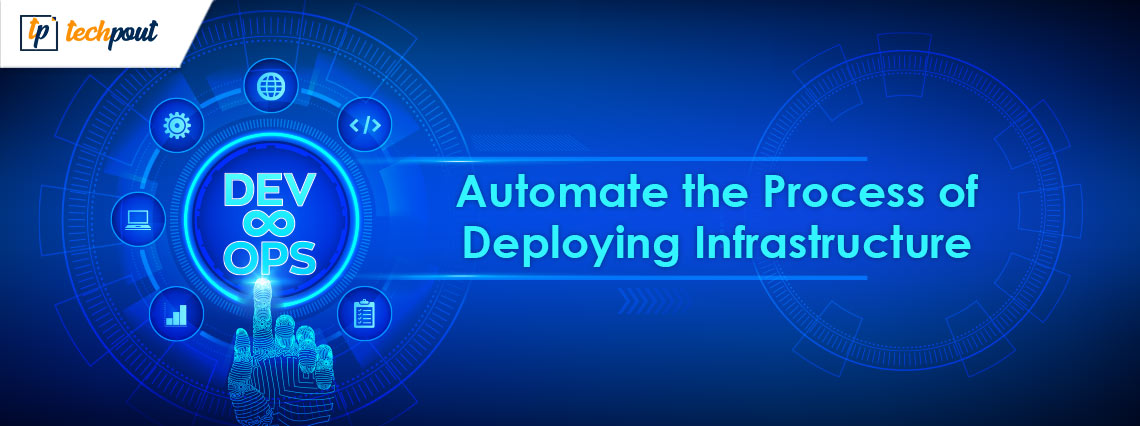A DevOps Guide To Help You Automate the Process of Deploying Infrastructure

As a business, it is important to automate the process of deploying infrastructure. This will help you save time and money, while also ensuring that your infrastructure is always up-to-date.
In this blog post, we will discuss how DevOps can help you automate the process of deploying infrastructure. We’ll also provide some tips on how to get started.
How DevOps Is Used To Automate Infrastructure Deployment
DevOps is a term that was coined in 2009, and it refers to the collaboration between development and operations teams. The goal of DevOps is to help organizations build, test, and release software faster and more efficiently.
One of the key benefits of using DevOps for infrastructure deployment is that it helps to automate the process. It combines development, operations, and quality assurance into a single team, which allows you to quickly deploy new features and updates.
DevOps also helps you automate the testing process, so you can ensure that your infrastructure is always up-to-date. This means that you can deploy your infrastructure quickly and easily, without having to worry about errors or mistakes.
In addition, DevOps helps to ensure that your infrastructure is always up-to-date. By automating the deployment process, you can avoid the need to manually update your infrastructure every time a new version is released.
Also See: 8 Trends for the IT Service Desk in 2022
Tips for Getting Started with DevOps and Automated Infrastructure Deployment
If you’re interested in getting started with DevOps and automated infrastructure deployment, here are a few tips to help you get started:
- Make sure that your development and operations teams are on board with the idea of using DevOps. This will help to ensure that the process goes smoothly and everyone is on the same page.
- Choose the right tools. There are a number of different DevOps tools available, so it’s important to choose the ones that will best suit your needs.
- Start small. Don’t try to automate everything at once. Instead, start with a few key tasks and work your way up from there.
- Be patient. It may take some time for your team to adjust to the new process. Be patient and give them time to learn.
Then, you’ll need to install some software. The most popular DevOps tools are Puppet, Chef, and Ansible. These tools allow you to automate the process of deploying and managing your infrastructure.
Once you’ve installed these tools, you’ll need to create a playbook. A playbook is a collection of instructions that tells your DevOps tool how to deploy and manage your infrastructure. The playbook will include information about the servers, applications, and databases that you want to deploy.
You’ll also need to create a configuration file. This file contains information about the environment variables and settings for your application. It also includes information about the software packages that you want to install.
Once you’ve created your playbook and configuration file, you can start using DevOps to deploy your infrastructure. Simply run the playbook on your server, and the tool will automatically install and configure all of the necessary software.
Finally, using a Helm repository, like the one by JFrog, can also help speed up the process of deploying your infrastructure. Helm allows you to quickly and easily deploy applications and services on top of Kubernetes.
Also See: Why It’s Useful To Keep Up To Date With The Daily News
Quick Wrap Up
Software development companies rely on DevOps to automate the process of deploying infrastructure. By using DevOps, these companies can save time and money, while ensuring that their infrastructure is always up-to-date.
The benefits of using DevOps for infrastructure deployment are clear. By automating the process, you can save time and money, while also ensuring that your infrastructure is always up-to-date. If you’re interested in getting started, follow the tips we’ve provided in this blog post.


